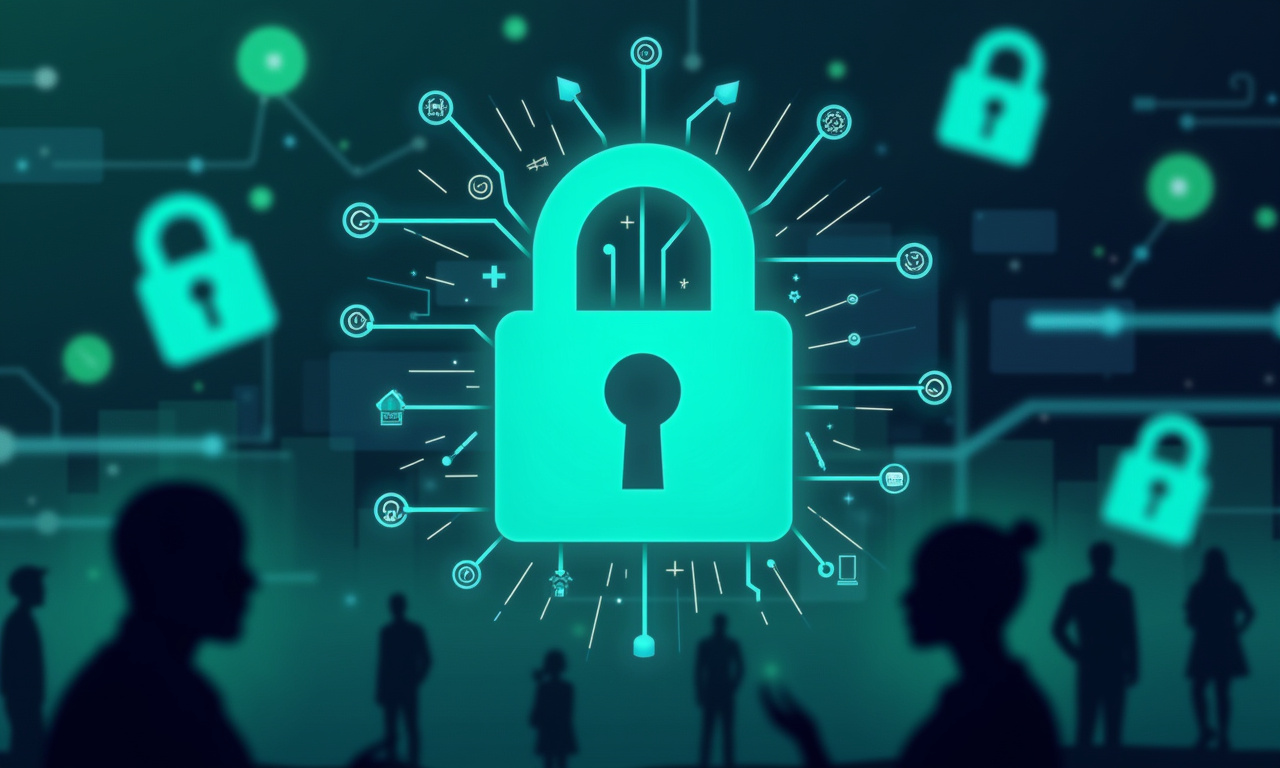Zero-knowledge proofs have proven to be an essential instrument for ensuring privacy in digital identity systems. These new systems allow individuals to verify their identity without exposing sensitive private data. Now, as concerns over data privacy and government surveillance mount, these solutions are increasingly becoming an enticing prospect. Though zero-knowledge proof-based identities do provide a greater level of privacy, they carry risks by nature. This article explores the advantages and disadvantages of zero-knowledge proofs in digital identity, spotlighting real-world implementations and use cases as well as their weaknesses and potential vulnerabilities.
The Rise of Zero-Knowledge Proofs in Digital Identity
Zero-knowledge proof-based identities have become a prominent feature in digital identity systems. This change has been propelled by increased consumer appetite for better privacy and security. Traditional identity paradigms require users to disclose excessive personal information. This drastically heightens their exposure to data breaches and identity theft. Zero-knowledge proofs provide the answer by allowing users to prove their identity without sharing the sensitive information.
When it comes to user privacy, AI tools present an existential threat. These tools allow you to link a user’s actions on one platform with as few as 33 bits of data. Even if data is anonymized, it can still be used to track and identify individuals. This underscores the urgent need for robust privacy-enhancing technologies like zero-knowledge proofs.
The “one person, one identity” model aims to give every person a single digital identity. It has a number of disadvantages. Centralized identity systems are inherently vulnerable to single points of failure, which makes them tempting targets for any would-be hacker. Furthermore, these systems can be used for surveillance and social control, which could infringe upon civil liberties.
Real-World Implementations and Government Initiatives
In fact, many nations and companies are investigating or already employing zero-knowledge proofs in their digital identity initiatives. Taiwan, as one example, has deployed zero-knowledge proofs within a government digital identity initiative to ensure citizens’ privacy is protected. This initiative allows individuals to access government services without revealing their personal information, reducing the risk of data breaches and identity theft.
The European Union is similarly doubling down on zero-knowledge proofs in its work on a European digital identity. The European Union’s proposed digital identity framework gives citizens the tools to control their individual pieces of personal data. To realize this ambition, zero-knowledge proofs are singled out as a key technology. By harnessing the power of zero-knowledge proofs, the EU aims to foster a digital identity landscape that is more secure and conducive to individual privacy.
The U.S. government currently mandates that visa applicants must report their social media handles. First, this practice is a matter of public safety and security because it infringes on Americans’ privacy and surveillance. Fortunately, zero-knowledge proofs can go a long way towards alleviating these types of concerns. They allow people to demonstrate their visa eligibility without having to share their social media information.
Potential Risks and Mitigation Strategies
Even with these advantages, zero-knowledge proof-based identities are not without peril. One such weakness is the risk of collusion. That is, multiple users working together to generate fraudulent personas. This might open up the entire system to abuse, manipulation, and fraud from bad actors.
Further, there is a risk of deanonymization attacks. In each of these examples, attackers use incredibly advanced methods to uncover the actual data behind a zero-knowledge proof. Identifying the target These attacks are very complex and difficult to execute, but not unfeasible. It is up to developers, though, to take measures to alleviate this risk.
ZK-wrapping solves some key challenges in digital identity systems. Through ZK-wrapping, users can prove their identity without revealing sensitive information. This technique improves privacy and security by reducing the risk associated with personal data being revealed.
The Ideal Outcome: Merging with Social-Graph-Based Identity Systems
The perfect result for OPSEC “one person, one identity” projects would be to subsume them into social-graph-based identity systems. Social-graph-based identity systems use social networks as a base for building mutual trust and identity verification. By pairing these systems with zero-knowledge proofs, we can achieve a more secure and privacy-preserving identity landscape.
World ID embraces biometric verification technology combined with zero-knowledge proofs to ensure individual privacy. This project recently passed the milestone of 10 million users showing there is a huge appetite for privacy-enhancing identity solutions. With biometric data and zero-knowledge proof technology, World ID strives to offer an identity system that provides more security and ease of use than any other.
"The latest snapshot of the Circles identity graph. Circles is currently one of the largest social-graph-based identity projects." - No specific author
The price of acquiring N identities in a perfect system would not be N, but rather N². This quadratic relationship is a good approximation of the growing challenge of generating new fraudulent identities as the system scales.
The cost of obtaining N identities in an ideal system should be N². This quadratic relationship reflects the increasing difficulty of creating fake identities as the system grows.
"Readers of this blog may notice that this aligns perfectly with the chart in an earlier post about "_ quadratic funding_," and this is not a coincidence." - Vitalik Buterin




